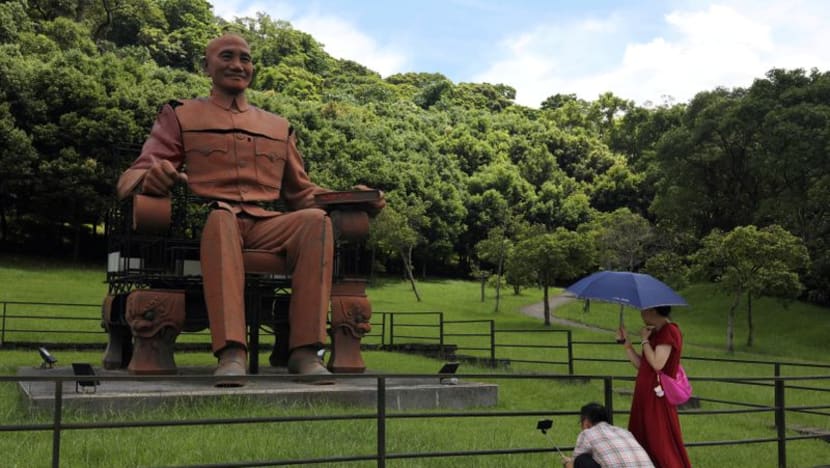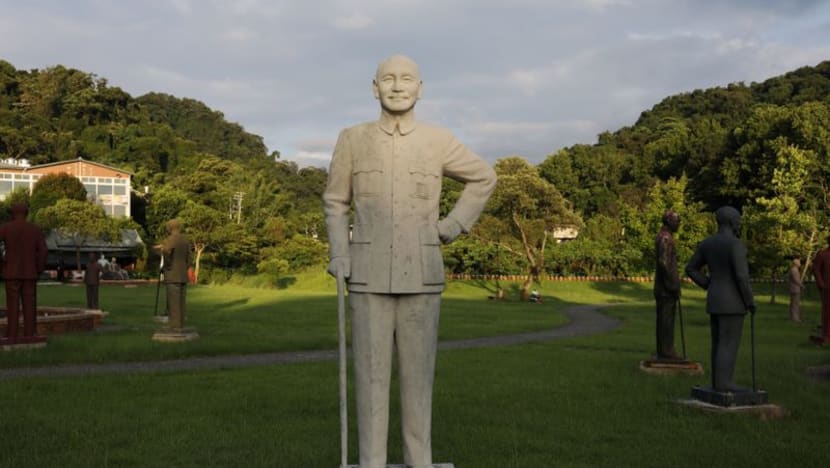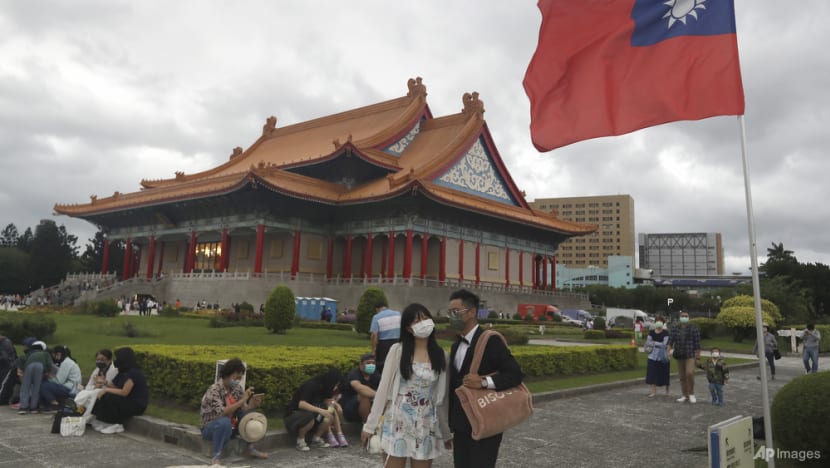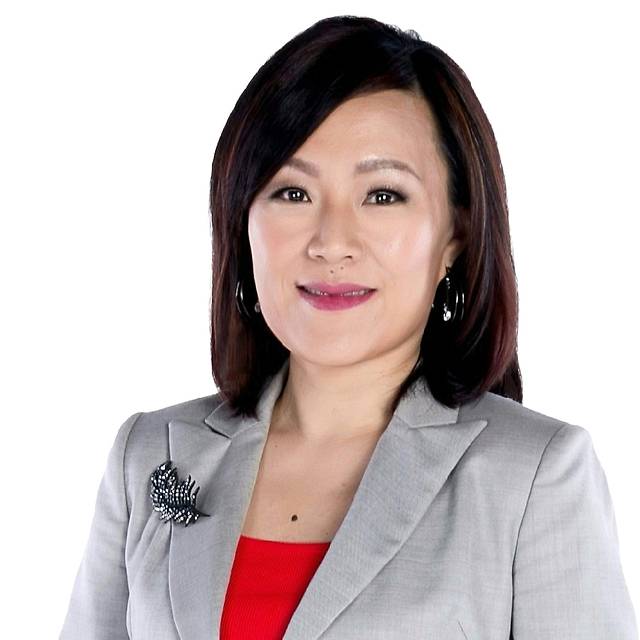Why Taiwan wants to remove its Chiang Kai-shek statues
The government has pledged to speed up the removal of 760 statues of the former Chinese leader that remain in public spaces.

Visitors take photos of a statue of Chiang Kai-shek in Taoyuan, Taiwan, Jun 20, 2020. (Photo: Reuters/Ann Wang)

This audio is generated by an AI tool.
As Taiwan's ruling Democratic Progressive Party (DPP) gets ready for a historic third term in power, a campaign to remove the statues of former Chinese leader Chiang Kai-shek is in the spotlight again.
Mr William Lai of the independence-leaning DPP is set to be sworn in as the island's next president on May 20.
Recently, lawmakers from his party have pressed the government to speed up the purge of what they consider as symbols of authoritarianism linked to Beijing-friendly opposition party Kuomintang (KMT).
The government has pledged to speed up the removal of 760 statues of Mr Chiang that remain in public spaces.
WHO IS CHIANG KAI-SHEK?
Mr Chiang was a member of the KMT and became its leader in 1925. He became the leader of the Republic of China in 1928 and, in the same year, led the suppression of the Chinese Communist Party.
When civil war broke out between the KMT and the Communists in 1946, the Communists won and established the People's Republic of China. Mr Chiang and the remaining KMT forces fled to the island of Taiwan.
There, Mr Chiang established a government in exile. He ruled the island for decades under martial law.
His government was recognised by many countries as the legitimate government of China, and Taiwan controlled China's seat in the United Nations until Mr Chiang died in 1975.
While he is lauded by some for his efforts against the Communists, he is also regarded as a despot who jailed and killed opponents during a reign of terror.

WHAT IS THE DEAL WITH HIS STATUES?
Statues of Chiang were erected all over Taiwan in an effort to cultivate allegiance to his government and a sense of national identity among the local population.
There used to be thousands of statues of him all across Taiwan. In 1987, when martial law was lifted, some 4,500 statues were counted. But in recent years, their number has dropped to fewer than 800.
Some of the statues stand in a park surrounding his mausoleum in Taoyuan city, located on the north of the island. They ended up there when the government began removing statues as early as 2000.
The park now draws tourists and has become a place of pilgrimage for Chiang's admirers over time.
The collection of Chiang statues at the park may grow larger soon, with the DPP government set to accelerate the purging of the remaining Chiang statues on the island.
WHY DOES THE DPP WANT TO REMOVE HIS STATUES?
The DPP does not consider Taiwan as part of China. When the party won the presidency in 2000, it launched a series of educational reforms to remove Chinese history from high school textbooks.
The DPP considers Mr Chiang a dictator and his regime a foreign one. It believes his statues should not be in public because they represent symbols of dictatorship and authoritarianism. Under his leadership, there was no freedom of speech.
In 1947, the arrest of a cigarette vendor in Taipei led to large-scale protests by the native Taiwanese against Chiang’s government.
Following the protests, thousands, including students, lawyers and doctors, were executed. It is estimated that up to 28,000 people lost their lives in the turmoil.
During the subsequent years of the “White Terror” period, Mr Chiang’s government ruled Taiwan under martial law, which ended only in the mid-1980s.
In 2018, the DPP established a transitional justice committee to investigate Mr Chiang’s rule. Among its recommendations was a recommendation to remove Chiang statues from public spaces.
However, there are some factions that think history should be preserved as it is, said Dr Lim Tai Wei, adjunct senior research fellow at the National University of Singapore's East Asian Institute.
Others also believe that given Mr Chiang’s setting up of military academies, participation in a war of resistance against external enemies, and role in building modern Taiwan, he does have a place in history, Dr Lim told CNA’s East Asia Tonight.

WHAT IS THE SENTIMENT ON THE GROUND?
Some Taiwanese CNA spoke to said that there is no need to tear down the statues as Mr Chiang is part of the island’s history.
“The ruling government should not try to erase history,” said one resident.
Dr Lim said that addressing history the way Taiwan has is part of a global trend. Different factions with varying views and opinions should have an open dialogue before carrying out any changes, he added.
As for what to do with heritage conservation in Taiwan, the ultimate decision lies with the Taiwanese people, he said.
“This is also very much about heritage conservation and curation of important events in the past that have significant historical value for future generations of Taiwanese people,” he added.
“So this is something, particularly in an open and democratic society, (for which) there's a need for open conversations and open conversations and dialogue.”



















